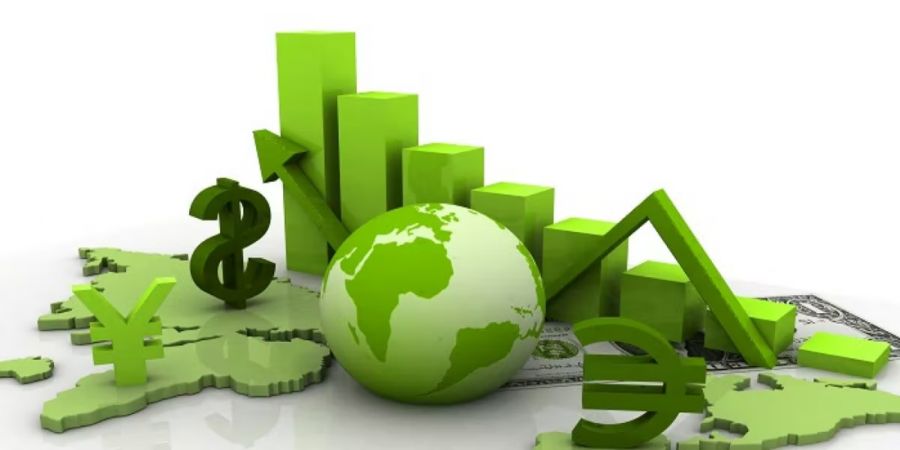

Inflation refers to a situation of an increase in the general price level over a period of time. It is a part of business cycles. Every country experiences it during the process of its growth and development. Inflation has struck the Indian economy several times since independence. It is a serious hurdle in the process of growth, as it causes a rise in the prices of inputs. It also causes a rise in the rate of interest. Implying a rise in the cost of investment. Further, it causes a fall in real income of the people. Implying that the people are able to buy less goods and services with the same money income.
The present chapter discusses some of the basic issues relating to inflation in India. It discusses indicators, trends, causes and effects of inflation. It also discusses the remedial measures to control inflation.
There are three standard indicators of inflation: (i) Wholesale Price Index (WPI), (ii) Consumer Price Index (CPI), and (iii) Gross Domestic Product (GDP) Deflator.
Following is a brief description of these indicators:
(1). Wholesale Price Index (WPI): It measures the change in wholesale prices on a weekly basis. On the basis of weekly indices, the average annual WPI is worked out. Average annual wholesale prices of the current year are related to the average annual wholesale prices of the base year (assumed as 100). This index covers nearly four hundred thirty-five commodities. Weights are accorded to different goods depending on their relative significance.
Since the Second Five Year Plan, the Supply of money has increased much more than the Gross Domestic Product (GDP). We have thus created a situation in which a lot of purchasing power chases a small quantum of goods and services. The rise in prices is the obvious consequence.
(2). Deficit Financing: In India, deficit financing refers to the policy of printing more notes. This is done for a funding deficit in the government budget. The budgetary deficit has recorded a significant rise over time. During the First plan, the amount of fiscal deficit was Rupee Three Hundred Fifty Crore; it increased to Sixty four Thousand Eight Hundred Sixty Nine Crore during the Ninth plan. Reliance on deficit financing to cope with the mounting fiscal deficit has caused a substantial rise in government expenditure without a corresponding rise in the flow of goods and services in the economy. Accordingly, price level has tended to rise.




